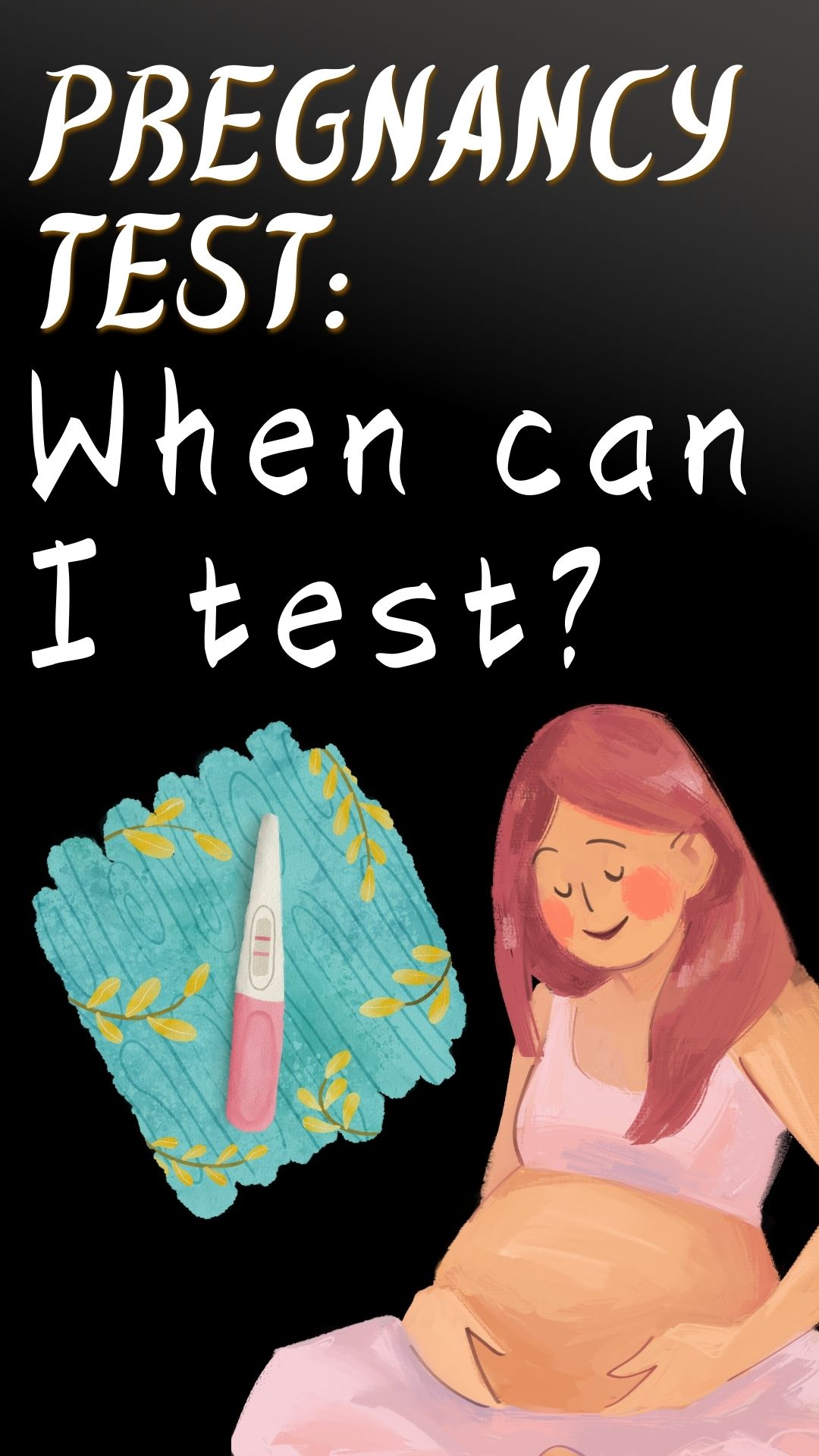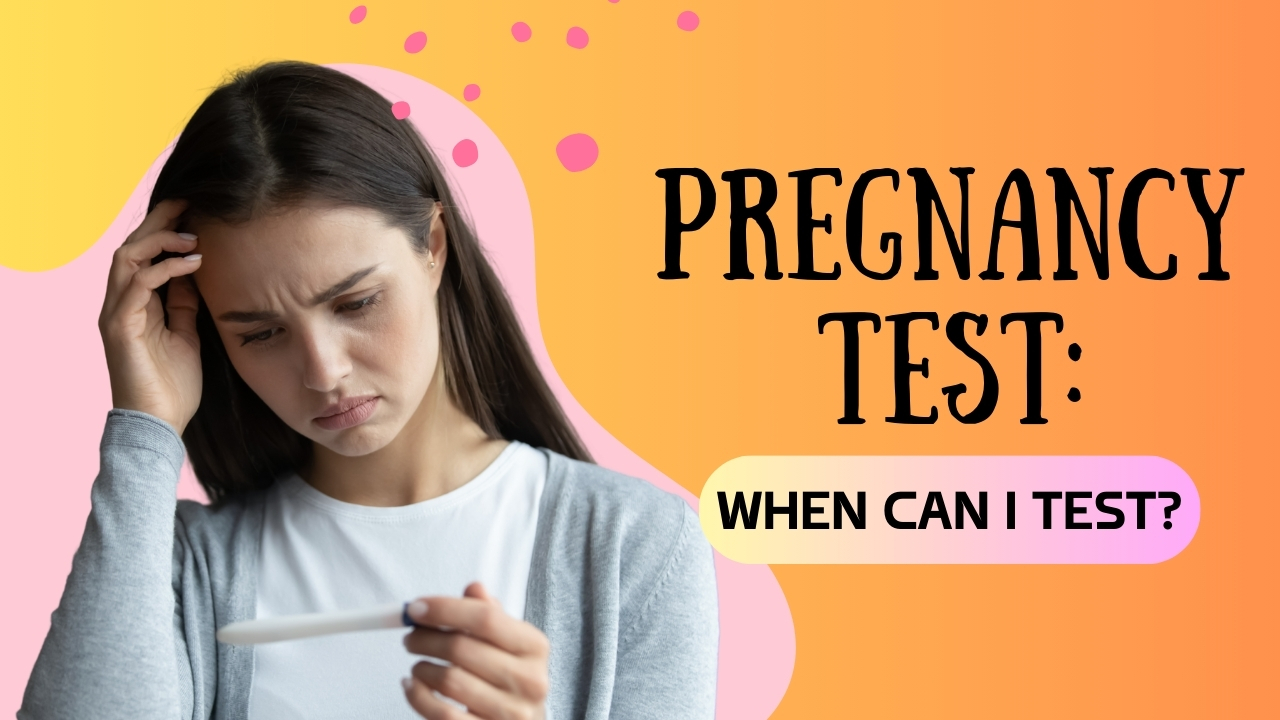Pregnancy test: When can I test?
Are you experiencing the early signs of pregnancy and wondering if you’re actually pregnant? This guide provides all the essential information about pregnancy tests and includes a handy pregnancy test calculator to help you determine the best time to test.
What Is a Pregnancy Test?
A pregnancy test detects the presence of the hormone hCG (human chorionic gonadotropin) in your body. This hormone is produced after a fertilized egg implants in the uterus.
When Should You Take a Pregnancy Test?
You can take a pregnancy test as early as the day after your missed period. Some tests, known as early detection tests, allow you to test even before your period is due. However, these early tests are typically more expensive and less reliable than standard tests.
If you test too early, the hCG levels in your urine may not be high enough to produce a positive result. If you suspect pregnancy despite a negative test, it’s a good idea to retest a few days later.
How Do Pregnancy Tests Work?
When a fertilized egg implants into the uterine wall, your body starts producing hCG. This hormone can be detected in small amounts in urine shortly after implantation.
Home pregnancy tests work by identifying hCG in your urine. The process is simple, and results are available within minutes.
Types of Pregnancy Tests
Pregnancy tests vary slightly in how they work and their sensitivity. They all detect hCG but differ in the following ways:
- How the test interacts with urine
- The test’s sensitivity
- How results are displayed
Let’s explore the different types of tests:
1. Midstream Tests
Midstream tests are popular due to their ease of use and straightforward results.
How to Use a Midstream Test:
- Follow the instructions provided with the test.
- Remove the protective cap and hold the absorbent tip under your urine stream for a few seconds.
- Alternatively, collect urine in a clean container and dip the test into it.
- Lay the test flat and wait for the specified time before reading the results.
2. Digital Pregnancy Tests
Digital pregnancy tests are designed for easier readability. Instead of interpreting lines, the digital display shows “pregnant” or “not pregnant.”
Advantages:
- Simple to read
- Some versions indicate how many weeks into pregnancy you might be
Disadvantages:
- More expensive than standard tests
- The week estimation may not always be accurate
3. Pregnancy Test Strips
Pregnancy test strips, also known as dipsticks, are a budget-friendly option. They are often sold in bulk, making them ideal for frequent testing.
How to Use Test Strips:
- Collect urine in a clean container.
- Dip the test strip into the urine up to the marked line (usually labeled “MAX”).
- Place the strip on a flat surface and wait for the indicated time.
- A second line below the control line means you are pregnant.
4. Cassette Tests
Cassette tests are similar to standard pregnancy tests but require a pipette to transfer urine into the test.
Steps for a Cassette Test:
- Collect urine in a clean container.
- Use the pipette provided to place urine into the test cassette.
- Wait for the result as instructed in the test manual.
5. Early Detection Tests
Early detection pregnancy tests can detect hCG as early as five days before your missed period. They are more sensitive than conventional tests, but a negative result does not rule out pregnancy.
If your early test is negative but your period doesn’t arrive, consider retesting on or after the expected date of your period.
Where to Buy a Pregnancy Test
Pregnancy tests are widely available at pharmacies, drugstores, supermarkets, and online. Prices range from 3 to 20 euros, depending on the brand and type.
Reliability of Pregnancy Tests
Most home pregnancy tests claim to be 99% accurate when used correctly. However, to confirm your pregnancy, a visit to your gynecologist for a blood test and ultrasound is recommended.
Positive Pregnancy Test: What Next?
A positive pregnancy test means you are very likely pregnant. However, false positives can occur in rare cases due to factors such as:
- Improper test usage
- Contaminated test materials
- Certain medications
- Early pregnancy loss
Schedule an appointment with your gynecologist for confirmation and further guidance.
Negative Pregnancy Test: Could You Still Be Pregnant?
A negative test usually indicates you are not pregnant, but false negatives are possible. Reasons for a false negative include:
- Testing too early
- Diluted urine (due to excessive fluid intake)
- Misreading the instructions
Retest a few days later or consult your doctor if you suspect pregnancy.
Blood Tests for Pregnancy
If home pregnancy tests yield unclear results, a blood test can confirm pregnancy. Blood tests measure hCG levels more accurately and can detect an ectopic pregnancy or estimate gestational age.
When to See a Gynecologist
If your pregnancy test is positive, schedule a visit with your gynecologist to confirm the pregnancy and begin prenatal care. Your doctor can provide essential advice on maintaining a healthy pregnancy.
Tips for a Healthy Pregnancy
- Dietary Supplements: Include folic acid and vitamin D in your routine.
- Healthy Eating: Focus on a nutrient-rich diet.
- Avoid Certain Foods: Learn which foods to avoid during pregnancy.
- Lifestyle Choices: Avoid alcohol and smoking.
Conclusion
Pregnancy tests are a reliable and convenient way to confirm pregnancy. Whether you choose a standard urine test, a digital test, or a blood test, understanding how they work and following the instructions carefully can help you get accurate results. If you’re pregnant, start planning your next steps with your gynecologist to ensure a healthy pregnancy journey.







